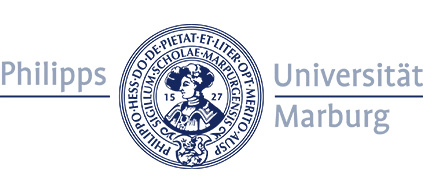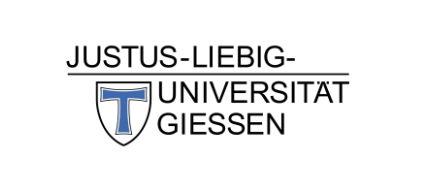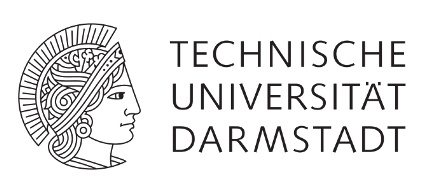Hauptinhalt Zehn ausgewählte Publikationen
Metzger, A., Mueller, S., Fiehler, K., & Drewing, K. (2019). Top-down modulation of shape and roughness discrimination in active touch by covert attention . Attention, Perception, & Psychophysics, 81(2), 462-475
Drewing, K. (2018). The extent of skin bending rather than action possibilities explains why holes feel larger with the tongue than with the finger . Journal of Experimental Psychology: Human Perception and Performance, 44(4), 535
Drewing, K., Weyel, C., Celebi, H., & Kaya, D. (2018). Systematic Relations between Affective and Sensory Material Dimensions in Touch . IEEE Transactions on Haptics 11(4), 611-622
Wolf, C. Bergmann Tiest, W., & Drewing, K. (2018) A mass-density model can account for the size-weight illusion . PLOS ONE 13(2): e0190624
Drewing, K. (2017). Multisensorische Informationsverarbeitung . In J. Müsseler & M. Rieger (Hrsg.), Allgemeine Psychologie, 3. Auflage (S. 75-101). Springer: Heidelberg
Lezkan, A. Manuel, S.G. Colgate, J.E., Klatzky, R.L,. Peshkin, M.A. & Drewing, K. (2016). Multiple Fingers – One Gestalt . IEEE Transactions on Haptics 9(2), 255-266
Drewing, K. (2012). After experience with the task humans actively optimize shape discrimination in touch by utilizing effects of exploratory movement direction . Acta Psychologica 141, 295-303
Drewing, K., & Ernst, M.O. (2006). Integration of force and position cues for shape perception through active touch . Brain Research 1078, 92-100
Bresciani, J.P., Ernst, M.O., Drewing, K., Bouyer, G., Maury, V., & Kheddar, A. (2005). Feeling what you hear: auditory signals can modulate tactile taps perception . Experimental Brain Research 162, 172-180
Drewing, K. & Aschersleben G. (2003). Reduced timing variability during bimanual coupling: a role for sensory information . The Quarterly Journal of Experimental Psychology A 66(2), 329-350
Mobile-Content-Navigation


